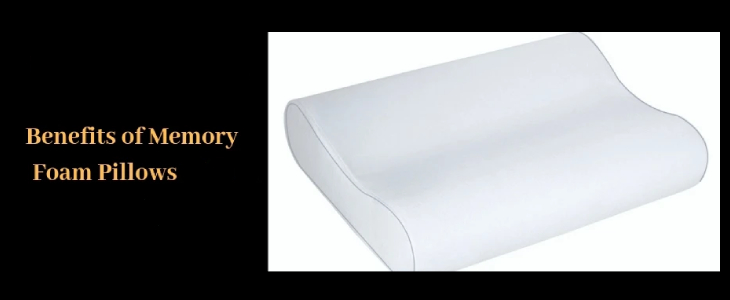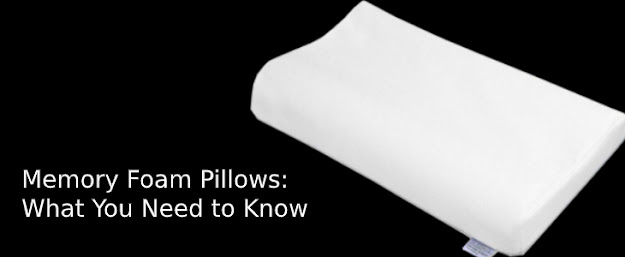
If you want to ensure the longevity of your memory foam pillow, then you have to consider taking proper care and maintenance. Most of the memory foam pillows in India come with a removable cover which makes it easy to maintain proper hygiene. However, you should also air dry under the sun for better results.
For cleaning the pillow, you should spot clean. Never wash the pillow in a washing machine it can lead to lumps or shrinkage and waterlogged pillow. Single-piece memory foam pillows should be spot cleaned while shredded pillows can be machine washed.
For spot cleaning any parts of the pillow, you can use a clean old cloth, detergent, and warm water. Once the cleaning is completed, you can air-dry the pillow before using it. If the pillow needs more than just spot cleaning, then submerge the entire pillow into a bucket filled with warm water and detergent. Now, you can use a washcloth to clean the surface to remove any embedded dirt. After it is done, squeeze the pillow to remove any water contents and air dry it completely.
The amount of time to air dry the pillow depends on the memory foam pillow density. For some pillows, it may require a complete day to dry completely. So, you may require a backup pillow to sleep during this time.



















